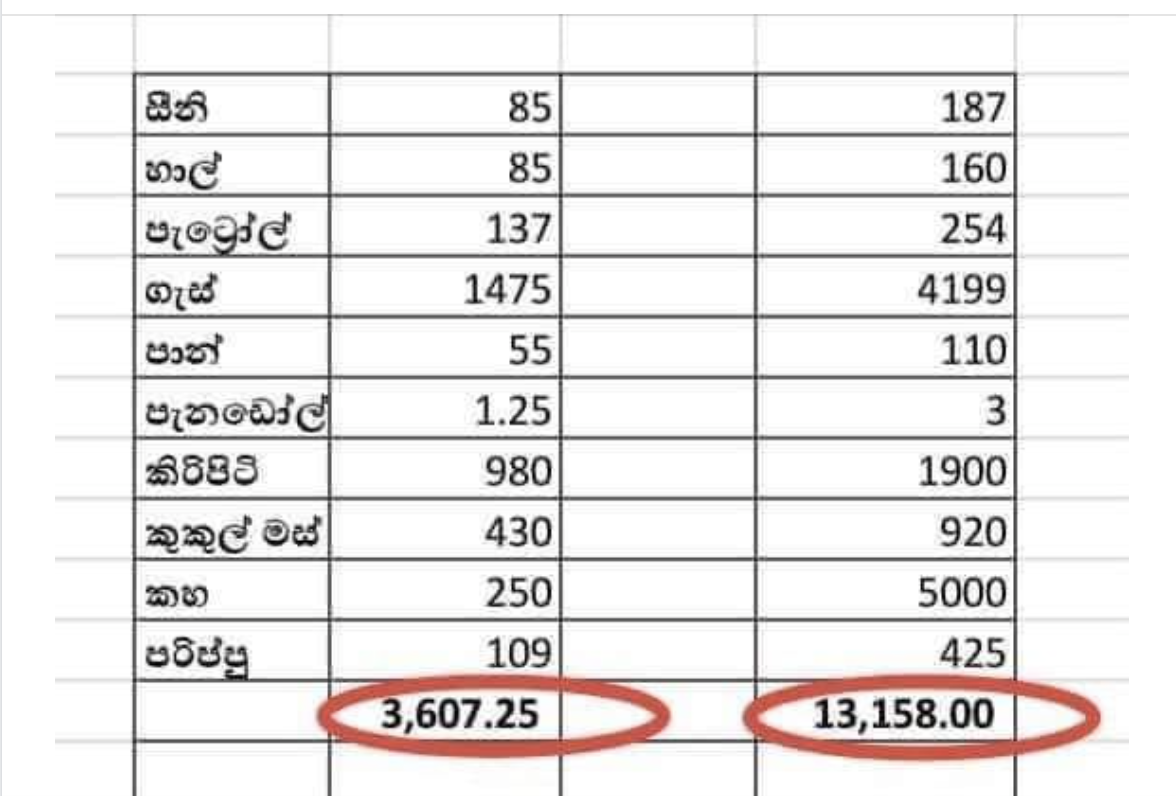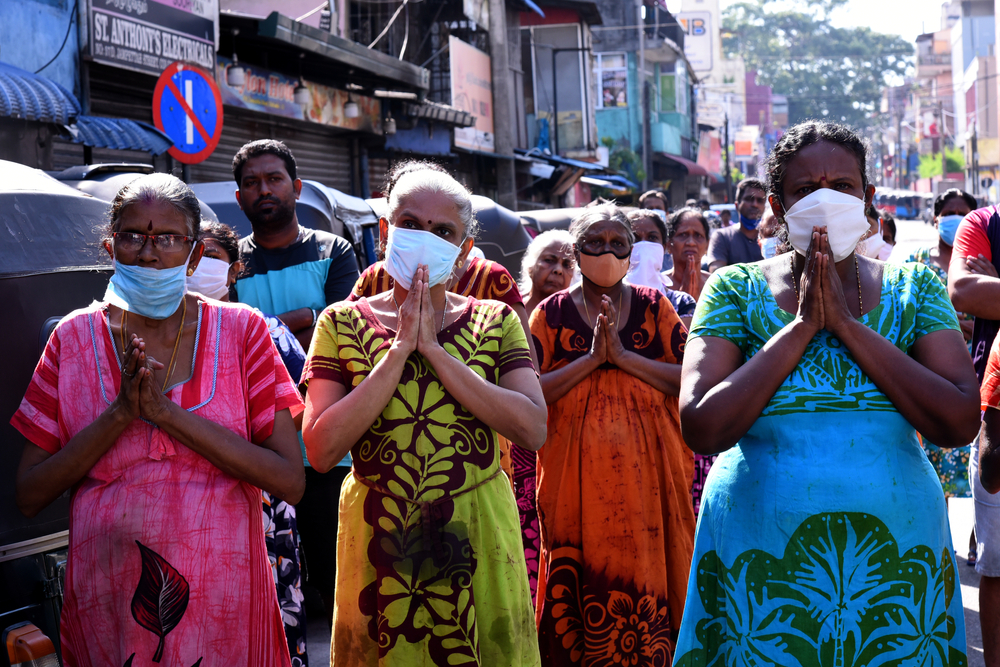Sri Lanka’s security forces confronted protesters over the weekend, raising alarms of more instability in the Asian island nation. The country is facing a cascade of crises. What began as an economic crisis has now devolved into a political crisis and could soon worsen into widespread national instability. The seeds of the crisis in Sri Lanka are local but also deeply interconnected to other events taking shape around the world today. Sri Lanka could be a picture of things to come for many areas of the globe in the coming weeks and months.
Sri Lanka was already experiencing a deep economic crisis when the coronavirus pandemic hit. The complete stoppage in the tourism industry, of which more than 12% of the country’s GDP is dependent, accelerated that crisis. Government responses to the economic turmoil added to the turmoil devastating the country’s currency reserves.
Shortages have been reported across the country for the past several months, even before the Russian invasion of Ukraine, which led to spikes in global food prices. Sri Lanka’s food prices increased by 25% in March. Overall inflation rose by 17.5%. It was the fifth consecutive monthly rise in overall inflation in the country.
A missionary friend recently posted the graphic below to detail the difference in prices between March 2020 and March 2022. In the pre-pandemic world, before our current rise in inflation, food accounted for nearly 40% of a home’s entire budget.

The country is experiencing shortages of food, medicine, and fuel. Power cuts are now lasting longer than half a day. In the final week of March, the country’s largest fuel supplier raised fuel prices by 20%. It was the second increase in the last two weeks. According to a report from Al Jazeera, at least four people died while waiting in line to buy gas during that same week.
The economic effects of these shortages are now compounding. Shops that require refrigeration for food supplies are shutting down because they cannot stay in business due to the power outages. That means more food shortages and a continuing rise in food prices even while unemployment and incomes strain the national system from the other direction.
The government recently announced it is seeking a bailout from the International Monetary Fund. Even as that was announced, three international rating agencies downgraded the country on fears the government may be unable to repay its $51 billion sovereign debt.
As protesters took to the streets to voice dissent over the government’s handling of its worst economic crisis since independence in 1948, police fired tear gas on some. Nationally the president imposed a 36-hour curfew.
According to a report from the BBC: People are banned from being on any public road, in a park, on trains or on the seashore unless they have written permission from the authorities, and access to social media was blocked temporarily. Hundreds have already been arrested for curfew violations. The government also imposed blocks on social media access.
The political crisis escalated into national instability Sunday night as 26 members of the cabinet resigned, leaving only the president and his brother, the prime minister, in office to reconstitute a new government.
There is no end in sight to this crisis. As inflation is rising globally and the IMF expects a wave of debt defaults among developing nations across the world, Sri Lanka is a picture of what could become the new normal for the rest of 2022.
Read More:



